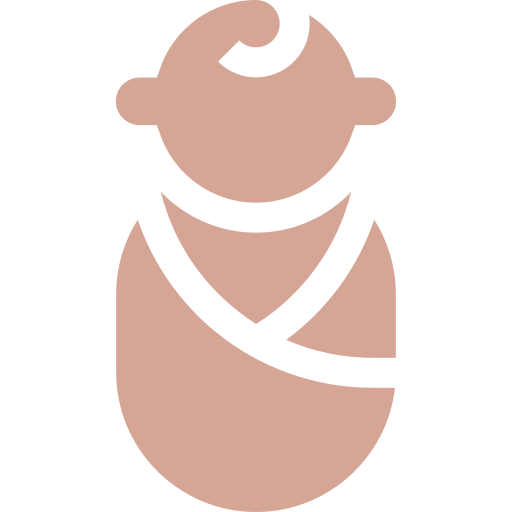Ayurveda Clinic Bansko

Where?
Aparthotel Lucky Bansko SPA & Relax *****
What?
Ayurvedic program for purification of the body, treatment, rejuvenation and beautification.
How?
Dr. Pavar and our Indian therapists will take care of you. We use over 30 types of oils and 120 types of natural therapeutic remedies of authentic origin.
Why?
Panchakarma is the best detox you can do. You will purify the body, soul and mind. At the same time, diseases considered to be incurable by the modern medicine are being treated.
When?
From May to November
For what period?
8, 11, 15, or 22 days according to the selected program.
New in Ayurveda clinic Bansko, Bulgaria in 2024
10% discount on repeated participation

Duration
from April
to November

Groups With:
maximum 10
participants

8-day program for:
patients with
reproductive diseases

Professional yoga teacher
from india

Indian chef
of
Ayurveda

Ozonation
of fruits and
vegetables

Ayurvedic cooking class
Our team

Asen Teofilov

Dr. Balaji S. Pavar

Vilas Narayana Mangale

Sumi Rajappan Pillai
Ayurveda Therapist

Dhanaji Maruti Dhokare
Ayurveda Therapist

Bindu Thomas
Ayurveda Therapist

Riju Sleeba Puvathungal

Kamal Kishor

What do the programs include?
- Daily medical examinations
- Daily therapies with Indian oils and herbs
- Constant intake of decoctions of spices
- Organic food processed according to the requirements of Ayurveda
- A diet tailored to your body type
- Time for relaxation, yoga and meditation
- Health approach
What will be the final result?
- Prevention and treatment of diseases
- Purification from toxins, pesticides and heavy metals
- Beautification, rejuvenation and vitalization
- Weight loss without loss of muscle mass
- Energy balance, free spirit and clear consciousness
- Energy, relaxation and happiness
- Healthy lifestyle program
What are the types of therapeutic procedures in the programs?
Ayurveda Clinic Bansko is the first Indian center in Bulgaria, combining natural treatment in Ayurveda with complete detox of the body by the methods of Purvakarma and Panchakarma.
Purvakarma and Panchakarma are two interrelated influences through which Ayurvedic medicine achieves its strong healing effect.

Purvakarma
Purvakarma prepares the body for the aftermath of Panchakarma.
The method includes procedures such as:
- Rubbing the body with healing herbal powders
- Oiling with different types of medicinal herbal oil
- Sauna, hot compresses and thermal treatments
Through Purvakarma, toxins are released from the superficial and deep tissues of the body and are gradually directed to the blood, and from there to the digestive system.
Panchakarma
Panchakarma is a therapeutic method for deep internal effects, which removes toxins from a certain part of the body after it has been prepared with Purvakarma therapies.
- Metabolism and physiological processes are corrected
- The body gets rid of heavy metals and residual metabolites
- Undigested food residues and radioactive agents are removed
- Free radicals and toxic substances in the body are eliminated
- Improves digestion, cellular function and overall health
Ayurveda treatment is used very successfully for both adults and children.
What are the advantages of Ayurveda clinic Bansko?
India comes to Bulgaria
you get a full purification or treatment program without having to travel to another continent
The therapies are performed by two to four Indian therapists
All oils, herbs and medicinal materials
You are taken care of by a licensed Indian doctor
Admission to the clinic of no more than 10 people at the same time
In the conditions of 5-star luxury
What diseases does Ayurveda treate?
- High blood pressure
- Cancer
- Tumors
- Multiple sclerosis
- Eczema and psoriasis
- Infertility and difficult conception
- Colon problems
- Diseases of the small intestine
- Liver disease
- Stress and nervous tension
- Depressed states
- Motor disorders
For maximum therapeutic effect, milder diseases require an 11- or 15-day course, and more serious ones require a 22- or 25-day course.
What included in the price of the program?
- 7, 10, 14, or 21 nights in aparthotel Lucky Bansko SPA & Relax *****
- Initial, current and final medical examination with an English translator
- Necessary procedures and therapies prescribed by the Ayurvedic doctor
- Healing oils for wet therapies, prescribed individually by our doctor
- Herbs for treatment (paid separately when the stay is several months)
- 4 daily meals (mostly vegetarian organic food with dairy products)
- Three lectures on “What is Ayurveda: Basic principles and the path to longevity“
- Decoction of spices that balance your dosha
- Two yoga sessions a day
- Individual plan for lifestyle, nutrition, attitude to body and mind
Clients about us
All reviews on the site are 100% authentic and received as feedback from our patients. Actual results may vary from individual to individual and should be used in conjunction with an appropriate diet and exercise regime.






